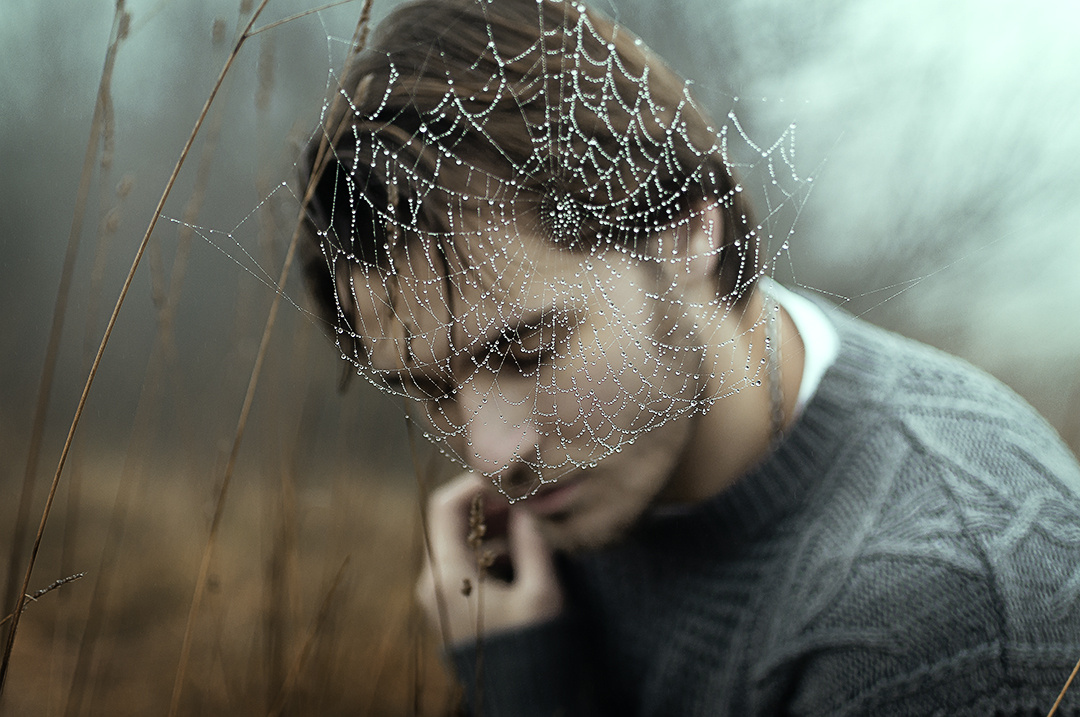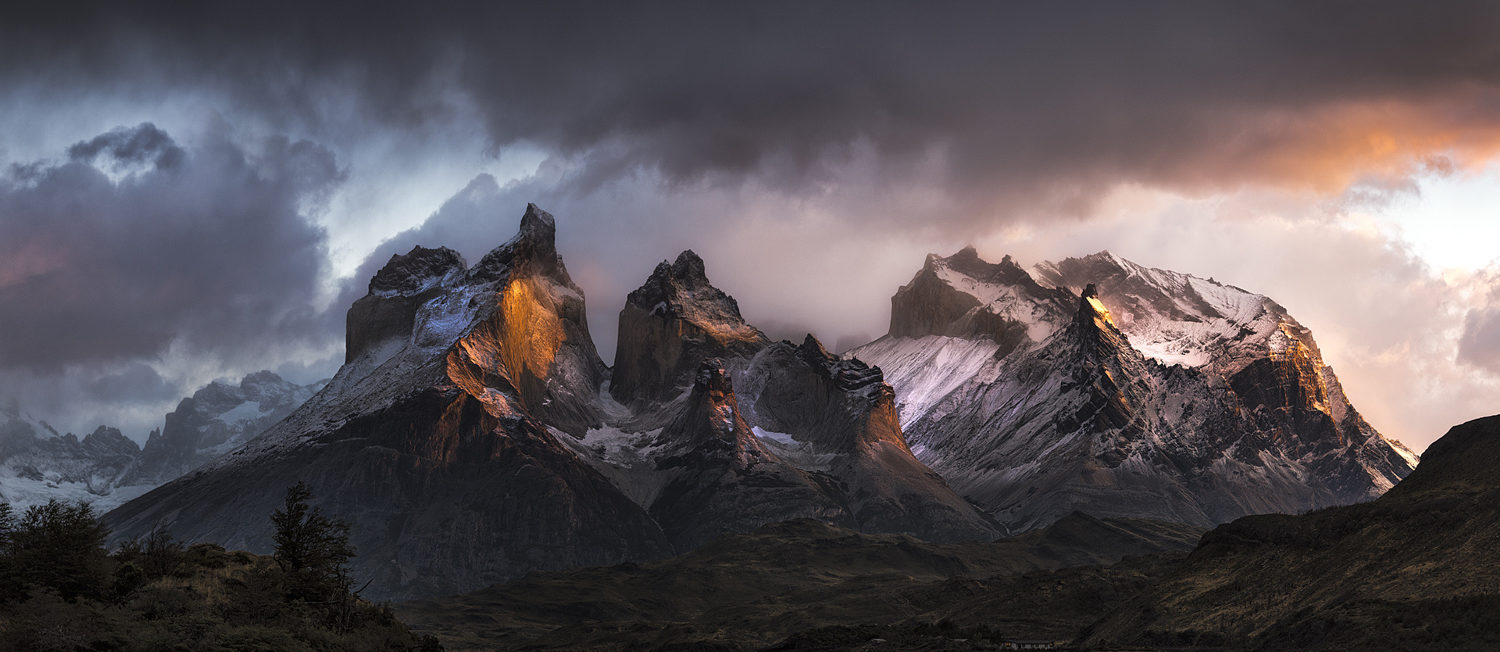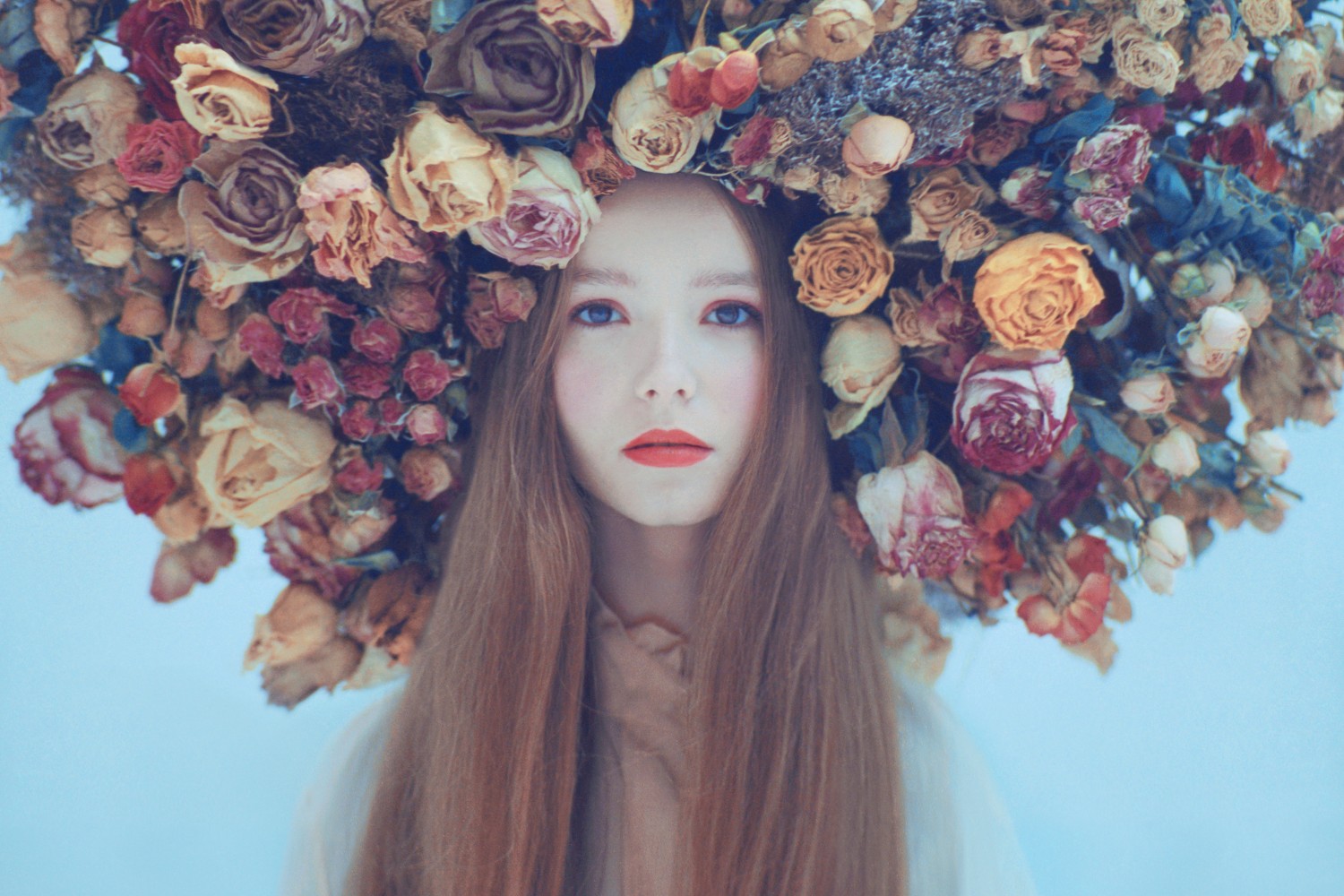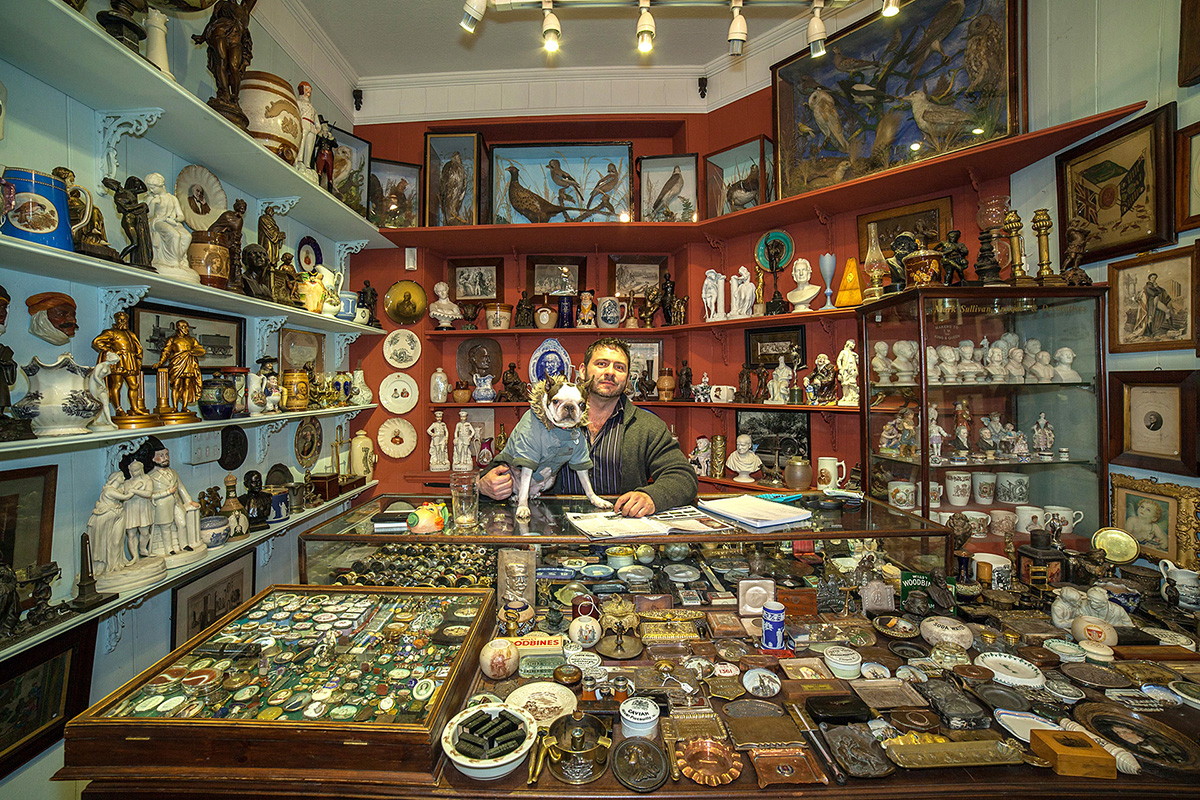Our 500px community has no shortage of talented, acclaimed photographers whose work have made the pages (and covers) of renowned magazines, have gone viral across the Internet, and have won prestigious awards around the world. But what we find more interesting are the up-and-coming photographers on the verge of stardom, thanks to their fresh, new approach to capturing images. For example, there’s a new wave of young portrait photographers in Rome whose exceptional works are proof that they’re on their way to success—Ciro Galluccio, Chiara Lombardi, Federico Sciuca, and Miriana Pinna. And they’re all just under 30 years old! What’s even more inspiring is they have organized themselves into a community, a sure-fire way to expand their personal and professional network. Recently, they took over the500px Snapchat to capture their Roma Meetup photowalk — and it’s one of the popular galleries on 500px so far. Talk about squad goals! So we’ve decided to feature each one of these rising photographers, so you can put them — and their personal tips and tricks — on your radar.
Last time, we got to know Ciro Galluccio, Chiara Lombardi, and Miriana Pinna. Today, let’s meet Federico Sciuca, a student of Economics from Trieste, Italy whose work is steeped in surrealism and high concept. Read on!
How did you get started with photography?
FEDERICO SCIUCA: I currently study Economics at the university. For about two years, I discovered a passion for photography as a fantastic hobby. Over the last six months, I started to collaborate with art galleries and other photographers from all over Italy. Until recently, I’ve been taking photos depicting mostly me or my closest friends, and I’ve been creating conceptual images that were more of an expression of my own subconscious and my character rather than the portrait subject. Photography for me has been from the beginning a kind of dialogue with myself—a way to talk and know myself.
Where do you find inspiration in your work?
I took up photography after discovering young photographers such as Laura Zalenga, David Uzochukwu, and conceptual photographer David Talley, who I still follow and admire. When I started studying photography in a more in-depth way, I got to know the work of the great masters such as Paolo Roversi, Tim Walker, and Annie Leibovitz. These photographers and many others are constantly a deep source of inspiration for all of my projects. Other valuable sources of inspiration are the movies, books, painting, sculpture, and above all — my dreams! Many of the pictures I took, I first dreamed. As I said earlier, my photography is a manifestation of my subconscious. Those who view my images see my most intimate and various moments of my life in a conceptual way.
How do you choose your portrait subjects, and how do you approach a relationship with your models?
I focus on portraits that until recently I had overlooked. I’m just starting to get used to shooting and capturing people who I do not really know. When finding a new face to photograph, I always look for something special, from a particular eye color to an unusual feature. Usually, I shoot with people who have never been photographed before, or who are not professional models.
How do you develop an idea for a photo?
It’s part of the development process that I follow when I decide to create a picture, typically for conceptual photographs. I start with a simple idea—a vision of a few elements that are confusing, and the kind of emotion that the image must communicate to the viewers. Then, I draw a sketch of what will be the final shot, focusing on the balance of the volumes within the frame. Finally, I decide on the most suitable atmosphere or location. I have ideas that remain on hold for some time now, mostly due to weather conditions. For example, the pictures you snap with fog are rare, because foggy days are very rare in the place where I live.
How do you choose a photo title?
The title is perhaps one of the hardest things to come up with. It should be simple but not banal. But it must also be clear, intriguing, and contain a message that recalls the concepts explored in the picture. It should allow the viewer some understanding.
Let’s talk about location. How do you go about finding the right one?
I prefer to look for an organically-isolated place. I look for places with “mystical” features and vibes. I always seek a place that has some strong symbolism for my conceptual shots—whether it be a particular lawn or a dark puddle of stream.
What makes good photo?
It is important give detail to the shot. The pose and the emotions within an image needs to be communicated. A good photo is a photo that communicates, and makes the audience feel a part of the shot. I try to do everything possible for those who look at my photos—to make them feel completely lost in the shot. There must be a perfect harmony between subject, location, and the photographer. I experiment with the location of the light source, or by changing up between camera settings.
What can we find in your camera bag?
I own a Nikon D5000. I find it important to know your own body to be able to take advantage of it. I prefer fixed lenses. In most of the shots I do, I use a Nikon 35mm f/1.8 lens. Recently, I bought a used Nikon 50mm f/1.4 lens, which I am already in love with. I also often carry a Helios 44M-4 58mm f/2 with me, which offers a fantastic bokeh.
How much post-processing is important to you?
Post-production is a tool that is essential for photography, in my opinion. When I edit a picture, I usually work on color balance. I search for colors and contrasts that are suitable for every single shot. I try different combinations of colors.
What’s the story behind this photo above?
As you can see, the picture is slightly underexposed. When I start post-production, the first thing I do is to make sure I balance the colors well, and remove any interfering elements. In this shot, I took out the mirror frame. I proceed to manage the colors and contrasts with different levels of Curves adjustment. I used the Saturation adjustment layers in order to desaturate the green and red channels. I based my post production process on a series of successive small adjustments and various levels of adjustment. In this case, I slightly accentuated the contrast of the picture using a curves adjustment layer in the shape of “S”. Then, I followed with a general desaturation of tones of the red channel to get this final image.
To see more of her mind-bending photos, follow Federico Sciuca on 500px and Instagram.


























Leave a reply